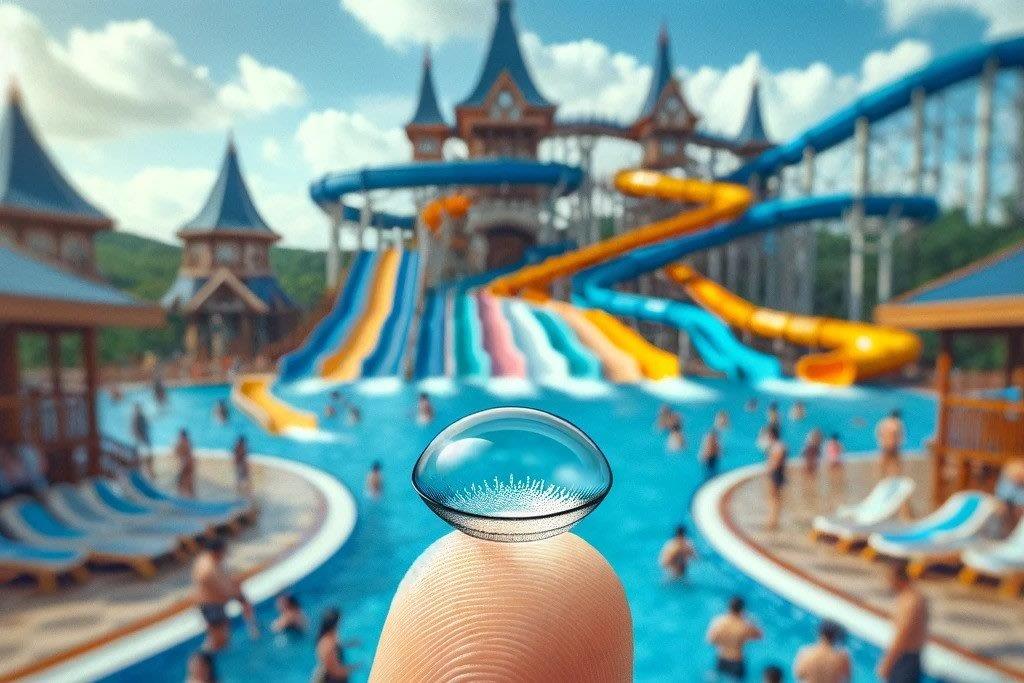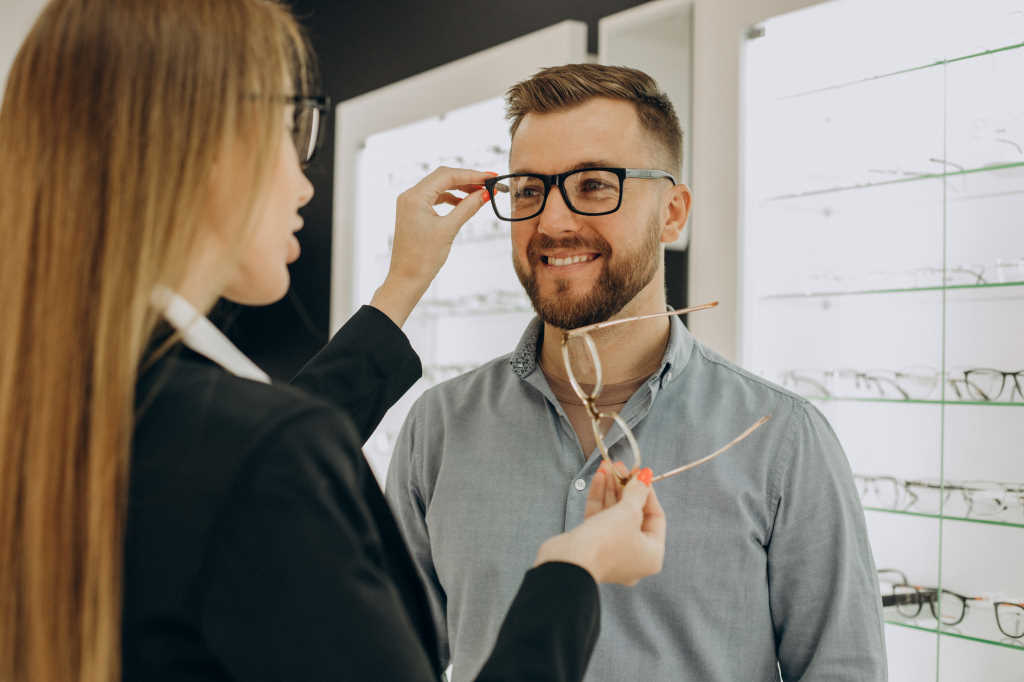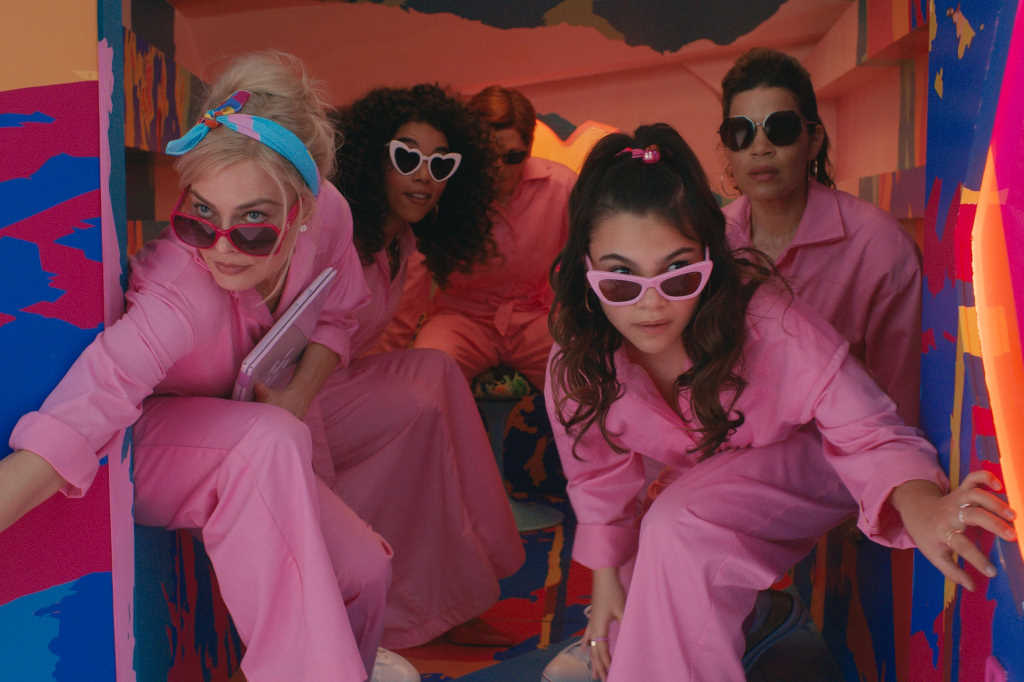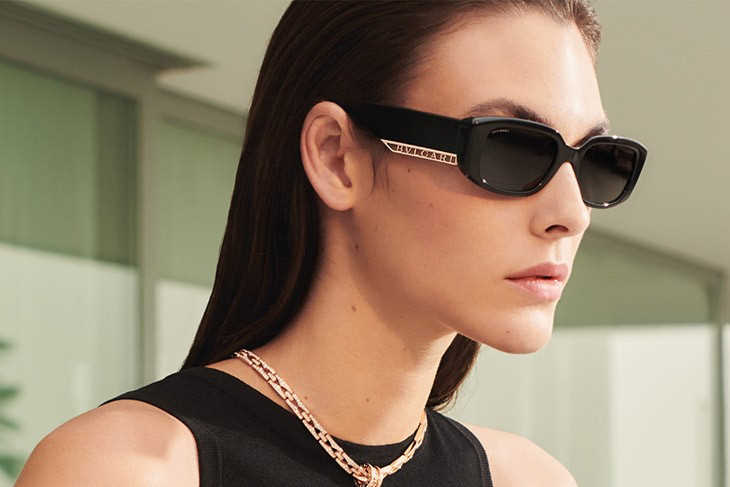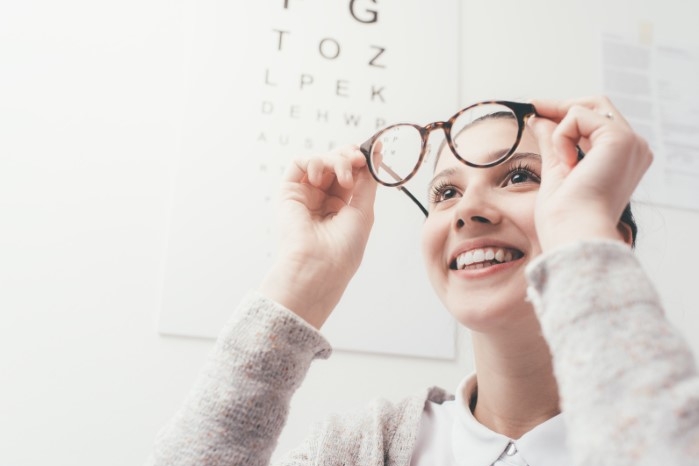Style eyes: Going beyond eyewear
Some dispensing opticians view their role as a simple job of selling glasses. However, it’s crucial to remember that this job entails so much more than just suggesting which frames look good.
The role of a dispensing optician is truly about connecting with your patients and ensuring they have all the tools they need for a lifetime of healthy vision. As we all know, maintaining great eyesight involves a lot more than simply changing contact lenses on a regular basis or making sure you don’t stare at the sun. Here, I’ll explore ways to pass on knowledge to your patients, not only to help strengthen your relationship and level of mutual trust, but also to assist each patient to get the most out of their vision.
Remember: Patient education extends far beyond the search for frames.
When diet matters
Far too many individuals think healthy vision is achieved through getting an annual eye exam and making sure their glasses or contact lenses are up to date. While this certainly addresses part of the battle, there’s so much more patients can do to promote their eye health outside your office.
It doesn’t seem common knowledge that specific foods can help bolster your visual health; that simply integrating a few key items into your diet, you’re giving your eyes every chance possible to remain healthy. Healthy eyes start with a healthy diet. I recommended the following:
Fish - By and large, any optical professional will tell you to increase your intake of Omega-3 fatty acids by eating fish. ‘Healthy fats’ can prevent dry eyes and keep the retina healthy.
Dairy - While some people are sensitive to this food type, those who can tolerate dairy will be able to take advantage of vitamin A and zinc. Both help protect the eye and can help keep cataracts from forming.
Carrots - This vegetable won’t give you 20/20 vision, but it will provide your eyes with vitamin A and beta carotene. You’ll be better prepared to fend off eye infections with these nutrients helping protect the surface of the eye.
Kale - A superfood packed with vitamins and minerals, kale contains large amounts of lutein and zeaxanthin. They help reduce risk of cataracts and age-related macular degeneration.
There are of course more foods that help promote eye health, however these are my top four. As you help patients select the right frames, consider asking them if they know which foods can help their eye health. You might turn this information into a fun quiz or work it into your conversation about what you’re both having that day for lunch.
Eyes safety 101
Food can certainly help keep our eyes strong and healthy, but if we aren’t taking care of them in other ways, all the carrots in the world won’t matter much. Equally as important as vitamins and minerals, is an awareness of eye safety best practice. And this extends far beyond safety glasses!
● Computer eye strain - Patients may not think about this as a safety issue but spending prolonged periods of time using a digital device can spell trouble for one’s eyes. The 20/20/20 rule works best here: Every 20 minutes, look at something 20 feet away for 20 seconds.
● Safety eyewear - Not only do construction workers need to wear proper eye protection, many patients find certain sports and activities, or even chores around the house, can be dangerous. While you’re helping them select their primary pair of glasses, be sure to show them your safety eyewear options as well.
● Sun protection - All too often, patients view sunglasses as a splurge item. In reality, wearing them every day is essential for healthy eyes. Not only does UV protection help the eyes themselves, it also keeps the sun away from the delicate skin in the surrounding area.
● Quit smoking - Yes, this can be a sensitive piece of information to communicate, yet patients who smoke are at a much higher risk of developing cataracts and macular degeneration. As many of us know, quitting tobacco will have a huge effect on more than just the eyes.
Going beyond eyewear every day
Experienced dispensing opticians likely know most of the above, yet it’s common for us to think that everyone else understands how important these points truly are. Rather than feeling like you’re reciting information from a textbook, consider how you can work this knowledge into your regular conversations.
We all have our own ways of working with patients. Our unique style will likely be a mix of things we commonly say, coupled with the ability to think on our feet to help patients find the best eyewear for them, all the time building trust and respect. How you choose to communicate the above information to your patients will differ, but keep in mind that comprehensive education is key to helping each person who walks into your practice look beyond eyewear.
Courtney Elder has more than 10 years’ optical experience and loves wearing fashionable eyewear in Portland, Oregon, USA. Today, she works as a freelance writer and loves all things specs-related.












